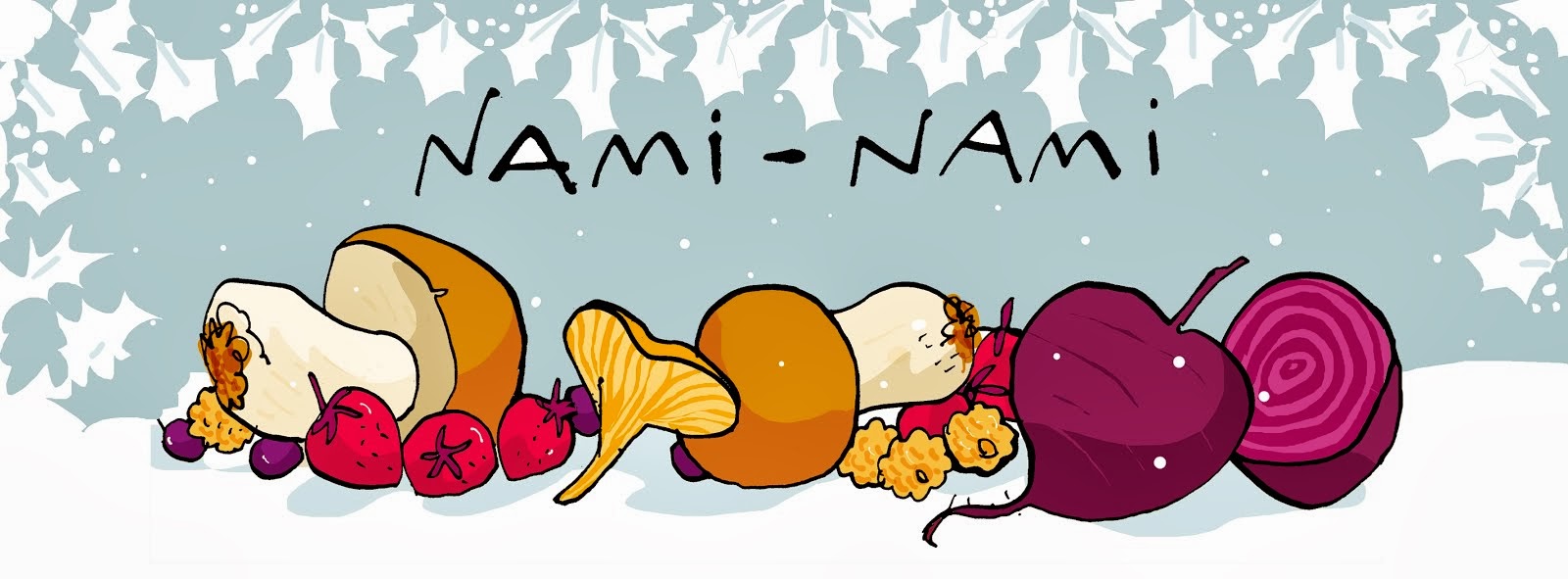
If there's somebody who is into beetroot as much as I am, then it's Alanna of A Veggie Venture blog. Alanna has got an impressive 41 beetroot posts on her blog already, which is way more than I've got (11 at the last count). But then, you see, Alanna has been blogging for 2,5 months more than I have, so I've still got time to catch up :) Another fellow beetroot admirer is Bea of La Tartine Gourmande, who's also got 11 beetroot recipes on her blog. If there was a Beetroot Appreciation Society, then we three should be honorary members from the beginning. (If you'd like to join, then give us a shout - we'll consider everybody's beetroot credentials!)
Last month Alanna posted a recipe for beetroot pesto that I adapted for last week's movie night. I had lots of leftover odd beetroot pieces after making those cute beetroot and blue cheese mini tartlets, so this recipe was brilliant. It was a tasty and gutsy and hearty vegetable dip that was very well received, especially by my dear friend Kadri, so this post is dedicated for her :)
And thank you, Alanna, for another keeper beetroot recipe!!
Beetroot Pesto
(Peedipesto)
Makes about 1,5 cups

(Photo updated in September 2008)
500 grams roasted beetroot , peeled
2 fat garlic cloves, peeled
a small bunch of fresh coriander/cilantro
50 grams pinenuts, toasted
1 Tbsp sherry vinegar
2-3 Tbsp olive oil
grated parmesan cheese, optional
sea salt
Grind beetroot, garlic, toasted pinenuts and coriander in a food processor (I used my Kitchen Aid's food grinder) until you've got a coarse puree. Add some olive oil for a smoother texture, and grated parmesan cheese, if you wish. Season with salt and vinegar.
Use as a side salad (middle photo), spread of toasted rye bread (below) or stir into cooked pasta (above photo). Although I liked all the uses, the pasta sauce was my favourite - it coloured the pasta instantly into a beautiful shade of beetroot purple, and certainly brightened up simple boiled farfalle that night.
Keeps well for a few days in the fridge, covered.

BLAST FROM THE PAST
A year ago I made Johanna's wonderful cantucci with almonds, ginger and pink peppercorns. I think it's about time I made them again :)







































